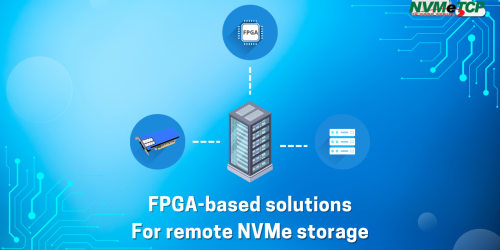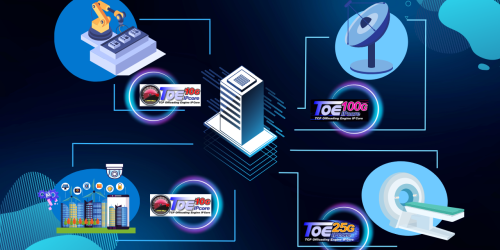TCAM Accelerator for FPGA Based Systems: A High-Performance and Flexible Solution for Various Applications
Ternary Content Addressable Memory (TCAM) is a special type of memory that can store and search data in parallel, using three states: 0, 1, and don’t care (X). TCAM is widely used in applications that require high-speed and complex matching operations, such as network routing, packet classification, pattern recognition, and data compression. However, TCAM also has some drawbacks, such as high power consumption, large area, and limited scalability. Therefore, implementing TCAM on Field Programmable Gate Arrays (FPGAs) is an attractive alternative that can overcome these limitations and offer more flexibility and customization.
This is where the TCAM accelerator for FPGA-based systems comes into play, offering a solution that is not only super low latency but also flexible and versatile for various applications. Here are the three key strengths of this technology:
1. Super Low Latency

One of the main advantages of this TCAM accelerator is its super low latency, which is only 7 clock cycles. This means that the TCAM accelerator can perform a search operation on a 512×36 bit TCAM table in less than 50 ns, assuming a 200 MHz clock frequency. This is much faster than conventional SRAM-based TCAM implementations on FPGAs, which typically require tens or hundreds of clock cycles to complete a search operation. The low latency of this TCAM accelerator enables real-time and responsive applications that demand high throughput and low delay.
2. Flexibility

The flexibility of the TCAM accelerator for FPGA-based systems is another key strength. Unlike native TCAMs that are implemented on application-specific integrated circuits (ASICs), FPGA-based TCAMs, such as the one offered by Design Gateway, can be easily programmed and reprogrammed to suit different requirements. This makes them a more adaptable solution, capable of meeting the diverse needs of various network applications.
3. Versatility

Lastly, the TCAM accelerator for FPGA-based systems is not limited to network applications alone. Its design allows it to be easily applied to various kinds of applications1. Whether it’s image recognition, voice recognition, autonomous driving, or intelligent manufacturing3, this technology can be utilized effectively. This versatility opens up a world of possibilities, making it a valuable tool in today’s fast-paced technological landscape.
Conclusion
In this article, we have presented a TCAM accelerator for FPGA based systems, developed by Design Gateway Co., Ltd., a leading provider of FPGA IP cores and solutions. This TCAM accelerator is a high-performance and flexible solution that can be applied to various kinds of applications, not only network-related ones. We have highlighted three key strengths of this TCAM accelerator: super low latency, FPGA-friendly implementation, and easy application integration. If you are interested in learning more about this TCAM accelerator or other FPGA IP cores and solutions from Design Gateway Co., Ltd., please visit their website at https://design-gateway.com/.



